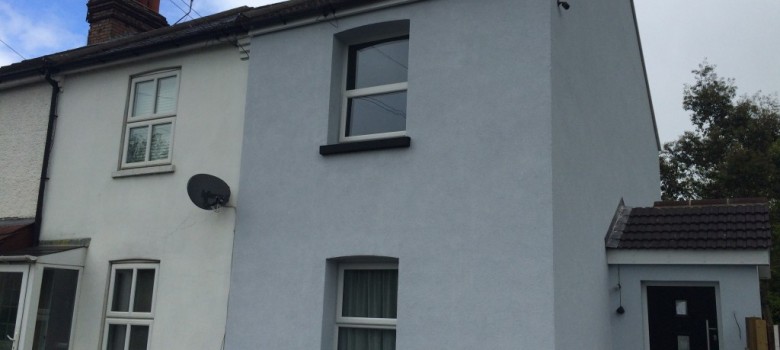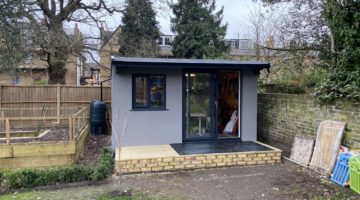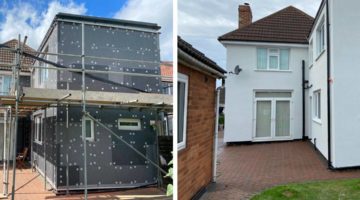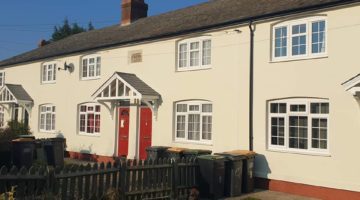
As more and more properties in the UK are installing external wall insulation these days, you are much more likely to come across it when you are buying a property. There are plenty of things you will want to be aware of so let’s run through some of the things to look out for.
Warranties
If you are buying a home with external insulation it should have some sort of extended warranty on the works, just like you will probably have for the windows. Make sure you ask the agent if there are any warranties in place, usually from organisations like SWIGA and IWA, which are the industry schemes for solid wall insulation works. These warranty’s offer 25 year guarantees on the works, so even if the insulation was done many years ago, you might still have the installation under warranty.
Spotting a good EWI job
Even with a warranty, you can’t be 100% sure that the installation was a good job, and the last thing you want is problems once you have bought the house. Check the surveyors report to see what they have said about the insulation, and perhaps look to get a specialist out to take a look at the handywork.
Also try to ascertain the type of insulation that has been used. EPS insulation or expanded polystyrene is the industry standard, and this should be perfectly suitable for most homes. You may also see mineral wool insulation on some properties. You should stay well clear of any homes insulated with phenolic resin blocks. These materials are not designed for external insulation work and you can get systematic cracking across the wall after a few years.

If you see any cracking in the walls of the insulation this is a pretty bad sign. The insulation and the render are designed to have some flex and bend a little to allow for slight movement and settling of the property. Cracks mean that there is some sort of issue with the installation, or a bigger problem with the house, so make sure they are investigated properly.
Maintenance of your EWI System
External insulation works need very little maintenance, but having said that there are some things that you will need to bear in mind to keep the system in good condition, such as:
- Fixings – Make sure you speak to the system installer if you plan to add any sort of fixings to the wall, like hooks for washing lines, hanging baskets or awnings for example. You may cause damage or invalidate your warranty if you do not seek professional advice.
- Use of ladders – Putting a ladder against the wall and applying weight could cause pressure damage to the wall, where the points of the ladder pierce the render layer. This can be avoided by using a spreading board at the top of the ladder, to ensure the weight of the ladder is evenly distributed across the wall.
- Painting – The system should be painted with a breathable paint regularly every 10 years. Check when the system was installed and make sure you get the wall painted.
An externally insulated wall is obviously not going to be as strong as brick, and that means that heavy impacts at the wall could potentially cause damage. Part of your job of maintenance will be to take some care of the wall and avoid any heavy, particularly sharp impacts that could penetrate the render layer.
A house with external solid wall insulation should not be an issue for someone looking to buy or sell. The system itself is very easy to maintain and won’t be an obstacle to you buying a property, just make sure you do the appropriate checks, as EWI is a fairly expensive measure, and putting right poor workmanship is going to prove expensive.












You mention to avoid ‘Phenolic foam blocks such and Celotex or Kingspan’ but do not mention, as you have in other articles about PIR boards (often sold under Celotex and Kingspan brands also) which is somewhat confusing.